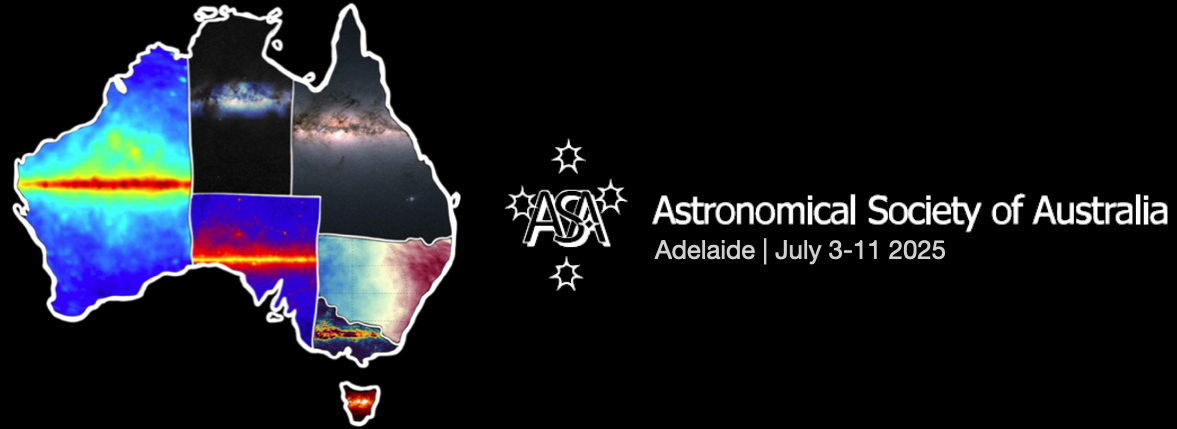Speaker
Description
When Wolf-Rayet stars are together with a massive companion in a close binary, their winds may collide to copiously form dust. This occurs at the shock of the wind-wind collision, and the orbital motion wraps this dust cone into a highly structure spiral nebula that expands away from the inner binary. State of the art ground-based and space telescopes (such as the VLT and JWST) are observing these colliding wind nebulae more and more often, and so there is a need for an advanced -- and importantly fast -- way to model the observed geometric structures. We introduce `xenomorph', a geometric modelling code that can reproduce these astrophysical fingerprint structures and in-turn uniquely reveal the orbital mechanics and wind physics hidden from view at the heart of the stellar binary. Our code is ~100x times faster than previous implementations, features more physics, and is natively differentiable through our use of the JAX framework. In fitting these nebula structures, we better understand the binary evolution of the most massive stars and their conditions immediately before going supernova -- and we get to look at pretty pictures along the way.

